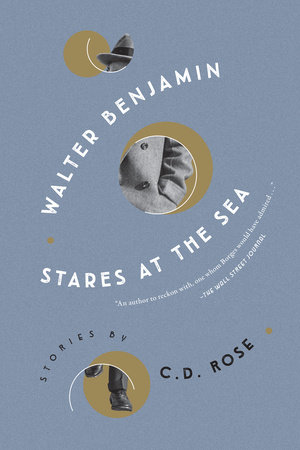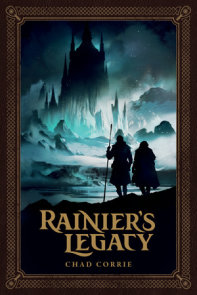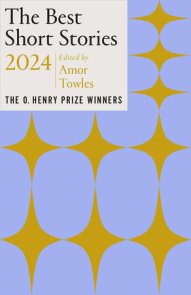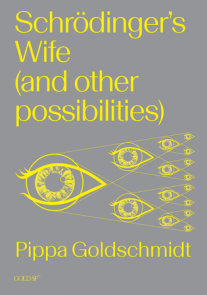READERS GUIDE
Walter Benjamin — Reading Group Guide1. How does Rose transition between the points of view of each character in “Ognosia”? What roles do looking and recognition play in these perspective shifts? What role do they play in the story as a whole?
2. “But pianos and violins will never really be tamed, because there’s always something about violins and pianos that frightens people, something that disturbs them, because violins and pianos are horses” (68). What does it mean for an instrument to be untamable?
3. In “The Neva Star,” what effect does naming each of the men Sergei have? Are you able to tell them apart? What other distortions and surrealist techniques does Rose use?
4. What role does technology play in Rose’s stories? Do you feel nostalgia for a time before the digital age?
5. In “St. Augustine Checks His Twitter Feed,” we see the internal dialogue of St. Augustine after posting something to Twitter. What is Rose saying about social media and its effects?
6. In ”What Remains of Claire Blanck,” the narrator observes that “all short stories are about loss” (169). What do you imagine could’ve been “lost” in Rose’s stories? Or, what does the narrative leave out?
7. How do you think the structure of “To Athens” contributes to its purpose? What two narratives are being shown and how are they interconnected?
8. Time is a common thread that Rose weaves throughout the stories. Where can you identify time? How is Rose representing it?
9. Rose writes, “a story of things that flicker, things that fade” (176), alluding to the later story title. Why does Rose make this allusion? How are the two related?
10. “The Disappearer,” “Self-Portrait as a Drowned Man,” and “Everything is Subject to Motion, and Everything is Motion’s Subject” tell the stories of lesser-known French pioneers in the field of photography. How is the reputation of each of these men at stake? How has Rose gone about fictionalizing their lives?




















